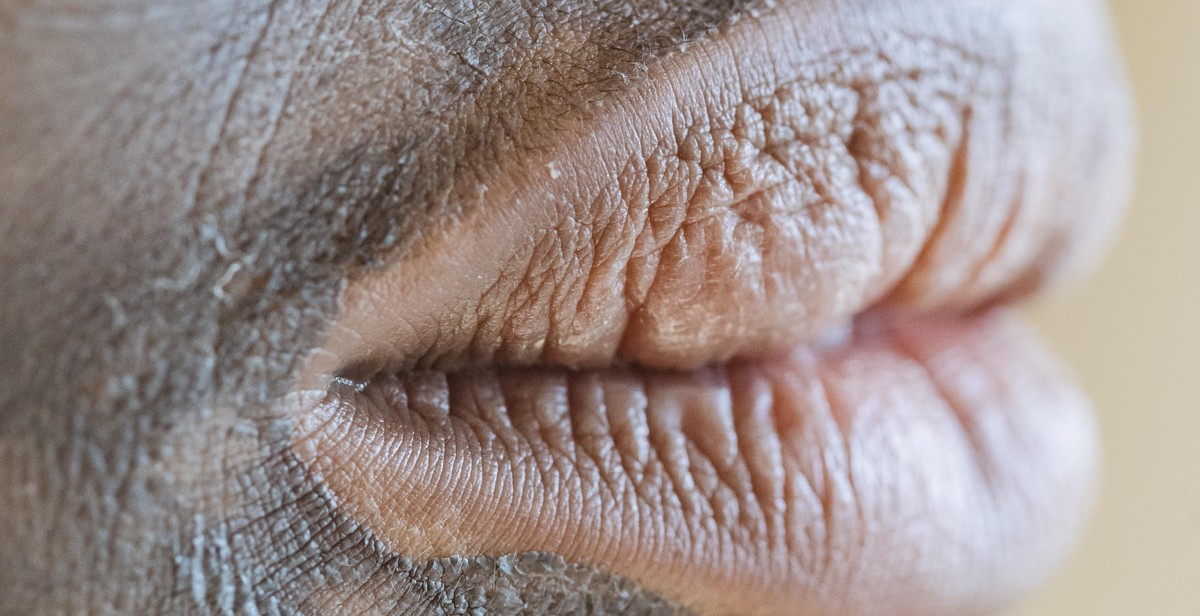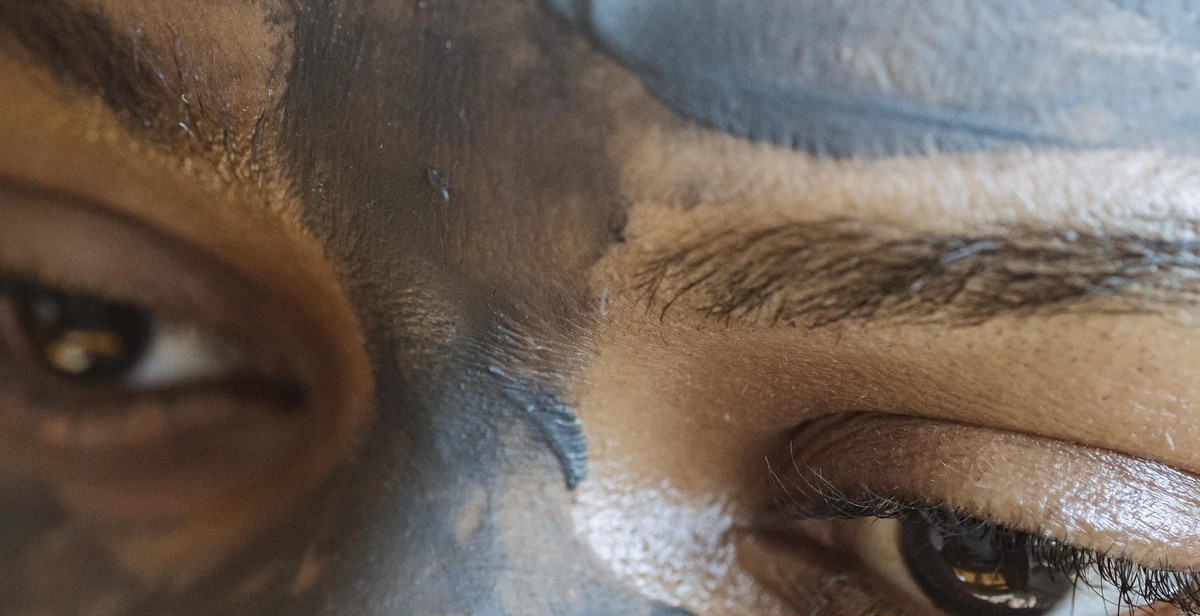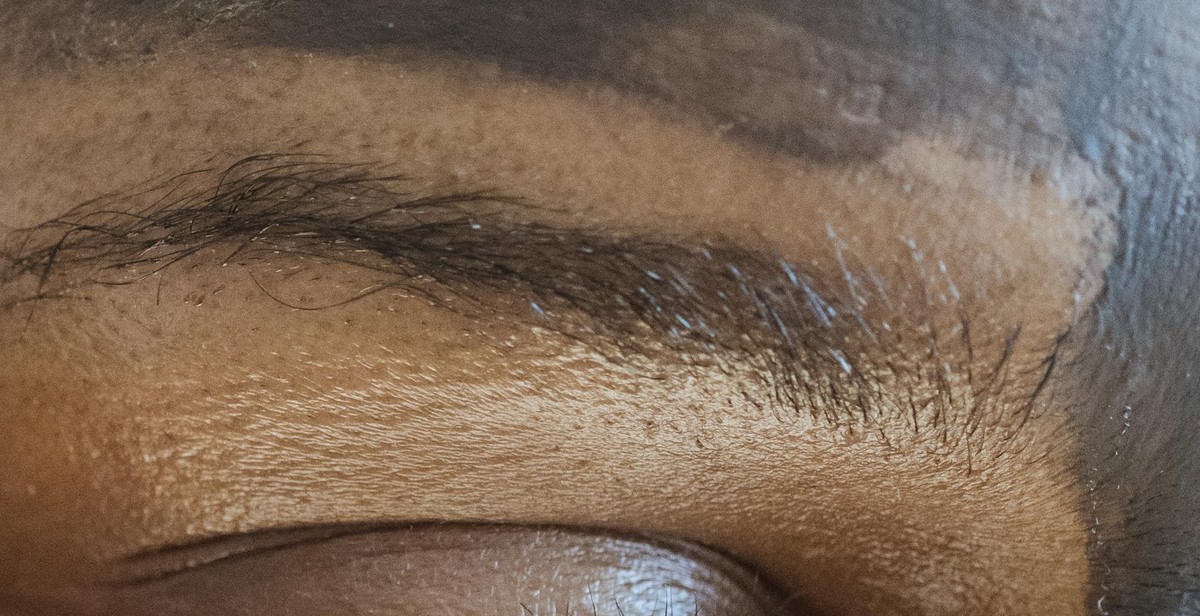How to Create a Natural DIY Face Mask for Glowing Skin
Everyone wants glowing and healthy-looking skin, but many commercial skincare products are filled with chemicals and harmful ingredients that can do more harm than good. Fortunately, there is a natural solution to achieve beautiful skin – a natural DIY face mask.
What is a Natural DIY Face Mask?
A natural DIY face mask is a homemade mixture of natural ingredients that are applied to the face to nourish, hydrate, and rejuvenate the skin. These masks can be customized to address specific skin concerns, such as acne, dryness, or dullness. The ingredients used in these masks are all-natural and free of harmful chemicals, making them safe and effective for all skin types.
Why Use a Natural DIY Face Mask?
Using a natural DIY face mask has many benefits for your skin. First, it provides a deep cleanse that removes impurities and unclogs pores. Second, it nourishes and hydrates the skin, leaving it soft, smooth, and supple. Third, it can help to reduce the appearance of fine lines, wrinkles, and dark spots. Finally, it promotes a healthy and radiant glow.
Creating your own natural DIY face mask is easy and cost-effective. With a few simple ingredients, you can create a customized mask that will leave your skin looking and feeling its best.

Natural Ingredients for a DIY Face Mask
Creating a natural DIY face mask is easy and affordable, with ingredients that are likely already in your kitchen. Here are some of the best ingredients to use:
1. Honey
Honey is a natural humectant, which means it helps to retain moisture in the skin. It also has antibacterial properties that can help to prevent acne and heal blemishes. Honey is also full of antioxidants, which can help to protect the skin from damage caused by free radicals.
2. Yogurt
Yogurt contains lactic acid, which is a gentle exfoliant that can help to remove dead skin cells and reveal brighter, smoother skin. It also contains probiotics, which can help to balance the skin’s microbiome and improve its overall health.
3. Turmeric
Turmeric has anti-inflammatory and antioxidant properties, which can help to reduce inflammation and protect the skin from damage. It can also help to brighten the skin and even out skin tone.
4. Oats
Oats are a gentle exfoliant that can help to remove dead skin cells and unclog pores. They also contain saponins, which are natural cleansers that can help to remove dirt and oil from the skin.
5. Avocado
Avocado is full of healthy fats, vitamins, and antioxidants, which can help to nourish and protect the skin. It also contains lutein, which can help to improve skin elasticity and reduce the appearance of fine lines and wrinkles.
6. Aloe Vera
Aloe vera has anti-inflammatory and soothing properties, which can help to reduce redness and inflammation in the skin. It also contains vitamins and antioxidants, which can help to protect the skin from damage and promote healing.
Benefits of Each Ingredient
| Ingredient | Benefits |
|---|---|
| Honey | Moisturizes, prevents acne, heals blemishes, and protects from free radicals. |
| Yogurt | Exfoliates, balances the skin’s microbiome, and improves overall skin health. |
| Turmeric | Reduces inflammation, protects from damage, and brightens skin tone. |
| Oats | Exfoliates, unclogs pores, and cleanses the skin. |
| Avocado | Nourishes, protects, improves elasticity, and reduces fine lines and wrinkles. |
| Aloe Vera | Reduces redness and inflammation, promotes healing, and protects from damage. |

How to Create a Natural DIY Face Mask for Glowing Skin
Creating a natural DIY face mask is an easy and affordable way to achieve glowing skin. By using ingredients from your kitchen, you can avoid harsh chemicals and preservatives found in store-bought products. Follow these simple steps to create your own natural DIY face mask:
Step 1: Choose your ingredients
The first step in creating your natural DIY face mask is to choose the ingredients that will best suit your skin type. Here are some popular ingredients and their benefits:
- Honey: Honey is a natural humectant, which means it helps to retain moisture in the skin. It is also antibacterial and can help to reduce inflammation.
- Yogurt: Yogurt contains lactic acid, which can help to exfoliate the skin and reduce the appearance of fine lines and wrinkles.
- Oatmeal: Oatmeal is soothing and can help to reduce inflammation and redness in the skin.
- Banana: Bananas are rich in vitamins and minerals that can nourish the skin and help to reduce the appearance of fine lines and wrinkles.
Step 2: Mix the ingredients
Once you have chosen your ingredients, it’s time to mix them together. You can use a blender or food processor to create a smooth paste, or simply mash the ingredients together with a fork. Be sure to mix thoroughly to ensure that all of the ingredients are evenly distributed.
Step 3: Apply the mask
Before applying the mask, be sure to cleanse your skin thoroughly. Apply the mask evenly to your face, avoiding the eye area. You can use your fingers or a brush to apply the mask.
Step 4: Let the mask sit
Once you have applied the mask, let it sit on your face for 10-15 minutes. This will give the ingredients time to penetrate the skin and work their magic.
Step 5: Rinse off the mask
After the mask has sat for 10-15 minutes, it’s time to rinse it off. Use warm water and a gentle cleanser to remove the mask, taking care not to rub too vigorously. Pat your skin dry with a clean towel.
By following these simple steps, you can create a natural DIY face mask that will leave your skin glowing and radiant. Experiment with different ingredients to find the perfect combination for your skin type.

Different Types of Natural DIY Face Masks
If you are looking for a budget-friendly and natural way to achieve glowing skin, then DIY face masks are a great option. Here are some different types of natural DIY face masks that you can try:
Masks for Oily Skin
Oily skin can be a nuisance, but with the right face mask, you can control excess oil production and achieve a glowing complexion. Here are some DIY face masks that work great for oily skin:
- Egg White Mask: Egg whites are rich in protein, which can help tighten and firm the skin. To create this mask, beat one egg white until it becomes frothy. Apply the egg white to your face and let it sit for 15 minutes. Rinse with warm water.
- Bentonite Clay Mask: Bentonite clay is known for its ability to absorb excess oil and impurities from the skin. To create this mask, mix two tablespoons of bentonite clay with enough water to create a paste. Apply the paste to your face and let it sit for 10-15 minutes. Rinse with warm water.
- Lemon and Honey Mask: Lemon juice is known for its astringent properties, which can help control excess oil production. Honey is a natural humectant, which can help hydrate the skin. To create this mask, mix one tablespoon of lemon juice with one tablespoon of honey. Apply the mixture to your face and let it sit for 15 minutes. Rinse with warm water.
Masks for Dry Skin
Dry skin can be itchy and uncomfortable, but with the right face mask, you can hydrate and nourish your skin. Here are some DIY face masks that work great for dry skin:
- Avocado Mask: Avocado is rich in healthy fats and antioxidants, which can help hydrate and nourish the skin. To create this mask, mash half an avocado and apply it to your face. Let it sit for 15 minutes. Rinse with warm water.
- Banana and Honey Mask: Bananas are rich in vitamins and minerals, which can help hydrate and nourish the skin. Honey is a natural humectant, which can help lock in moisture. To create this mask, mash one ripe banana and mix it with one tablespoon of honey. Apply the mixture to your face and let it sit for 15 minutes. Rinse with warm water.
- Oatmeal Mask: Oatmeal is known for its ability to soothe and hydrate dry skin. To create this mask, mix half a cup of cooked oatmeal with one tablespoon of honey and one tablespoon of olive oil. Apply the mixture to your face and let it sit for 10-15 minutes. Rinse with warm water.
Masks for Combination Skin
If you have combination skin, then you need a face mask that can balance the oil production in your T-zone while hydrating the dry areas of your face. Here are some DIY face masks that work great for combination skin:
- Yogurt Mask: Yogurt is rich in lactic acid, which can help exfoliate and hydrate the skin. To create this mask, mix one tablespoon of plain yogurt with one teaspoon of honey. Apply the mixture to your face and let it sit for 15 minutes. Rinse with warm water.
- Aloe Vera Mask: Aloe vera is known for its ability to soothe and hydrate the skin. To create this mask, mix two tablespoons of aloe vera gel with one tablespoon of honey. Apply the mixture to your face and let it sit for 15 minutes. Rinse with warm water.
- Cucumber and Honey Mask: Cucumber is known for its ability to soothe and hydrate the skin. Honey is a natural humectant, which can help hydrate the skin. To create this mask, blend half a cucumber and mix it with one tablespoon of honey. Apply the mixture to your face and let it sit for 15 minutes. Rinse with warm water.

Conclusion
Creating a natural DIY face mask for glowing skin is not only a fun and rewarding activity, but it also provides numerous benefits for your skin. By using natural ingredients, you can avoid harsh chemicals and synthetic additives that can often be found in store-bought skincare products.
Benefits of using a natural DIY face mask
- Improved skin texture and tone
- Reduced appearance of fine lines and wrinkles
- Increased hydration and moisture retention
- Reduced inflammation and redness
- Improved circulation and blood flow
- Reduced appearance of acne and blemishes
By incorporating a natural DIY face mask into your skincare routine, you can achieve glowing, healthy-looking skin without breaking the bank or exposing your skin to harmful chemicals.
Final thoughts
Remember to always patch test any new ingredients before applying them to your face. Additionally, it’s important to use high-quality, organic ingredients to ensure that you’re getting the full benefits of each ingredient.
With a little bit of creativity and experimentation, you can create a natural DIY face mask that is tailored to your specific skin type and concerns. So, go ahead and give it a try – your skin will thank you!
